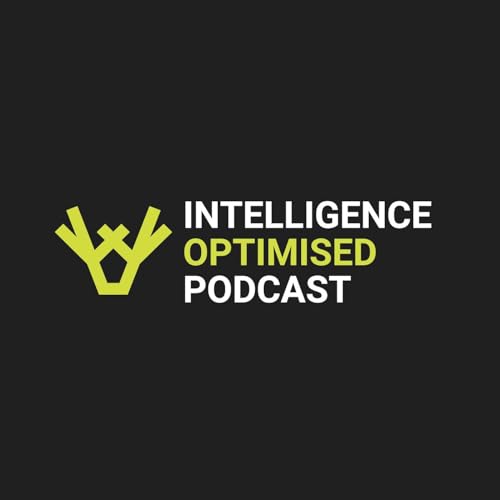In this solo episode of Intelligence Optimised, Todd Crowley unpacks why agriculture now sits squarely in the national security frame. Drawing on the Australian AgInvestment & Sustainability Summit, he maps the link between food systems, sovereign capability, and Indo-Pacific resilience. The discussion moves beyond farm practice and balance sheets to the hard questions: how do we secure critical inputs, prove natural capital outcomes, and build sovereign supply chains that stand up under pressure?
Key threads include agriculture as national security “no food security, no national security”, the rise of natural capital in investment decisions, and the strategic risk in phosphate supply. Australia’s heavy reliance on imported fertiliser exposes the system; domestic projects in the north double as resilience plays that can stabilise prices and cut vulnerability.
Throughout, Todd shows how leaders can fuse OSINT HUMINT - open-source data on shipping, weather, and commodities with ground truth from producers, investors, logistics operators, and planners - to move from reactive to proactive.
Strategic takeaways:
✔️ Treat agriculture as sovereign capability, not a sectoral afterthought.
✔️ Build fertiliser sovereignty: diversify sources and back viable domestic phosphate.
✔️ Use natural capital to unlock capital—focus on credible measurement, not slogans.
✔️ Stand up sovereign supply chains that can absorb climate and geopolitical shocks.
✔️ Combine OSINT + HUMINT for a real-time operating picture leaders can act on.
For planners, executives, and advisers working the food-security problem set, this episode offers clear next steps to protect production at scale while signalling to markets and partners across the Indo-Pacific. Secure inputs, prove outcomes, and align investment with national-interest goals - so you’re ready today and prepared for tomorrow.
Find deeper briefs inside Vaxa Bureau.
続きを読む
一部表示
 38 分
38 分 26 分
26 分 28 分
28 分 34 分
34 分 9 分
9 分 2025/09/0224 分
2025/09/0224 分 2025/08/2628 分
2025/08/2628 分 39 分
39 分

